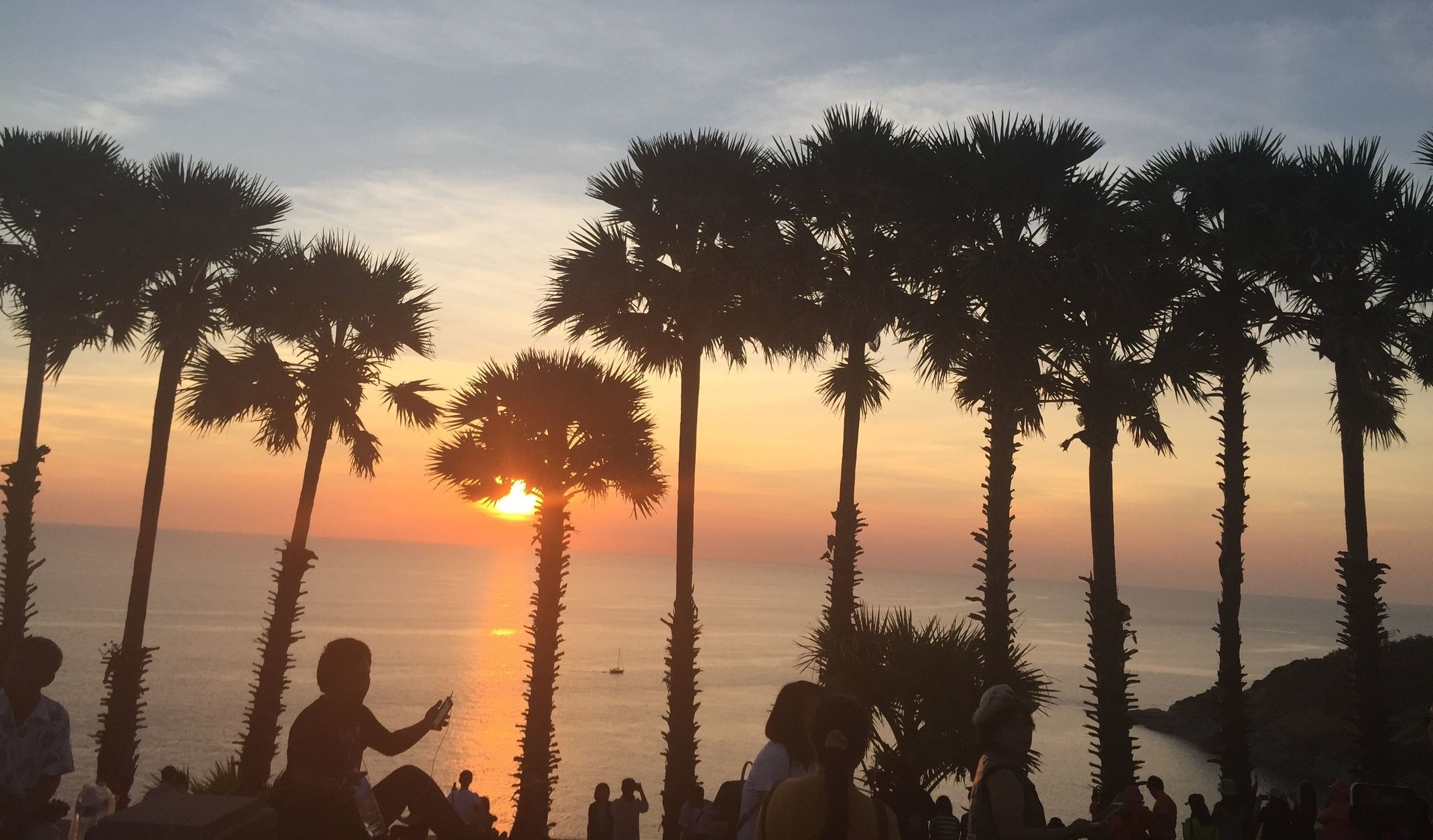Over-tourism has claimed another victim: Maya Beach
Over-tourism has claimed another victim: Maya Beach in Koh Phi Phi Leh, Thailand. Following in the steps of Boracay Island in The Philippines, this beautiful destination known for its blue waters, white sand and limestone cliffs will be closed indefinitely while its biodiversity and ecosystems begin their process to recovery.
After having visited the island in 2015 for a two week trek around Thailand, I noticed that the kind of tourism that the island attracted had the potential of being unsustainable for the marine environment and the locals that relied on the tourism industry. Tourist boats, both big and small, poured into the tiny bay, crowded with sunbathers, selfie-takers and backpackers taking it all in. While hardly “untouched”, Maya Beach was an unforgettable day-trip destination and a prime place for discovering its magnificent nature on shore and unique biodiversity under water. Unfortunately, I, like the millions of other tourists that have visited since then, have unknowingly left something very harmful behind: decimated corals, litter, sunscreen pollution as well as wildlife and habitat destruction. An estimated 80% of coral reefs around the beach have been destroyed. Now, with no other choice left to the tourism industry but to close down, the impact from unsustainable tourism and pollution can no longer be ignored.
Maya Beach initially gained its popularity from the film The Beach (2000) made famous by Leonardo DiCaprio and has since brought in as many as 5,000 tourists (200 boats) per day. Due to the fact that tourism makes up12% of Thailand’s economy, there have been reservations in closing it down. To cut down the impact that tourism has had on the surrounding oceans - Thailand is one of the world’s biggest contributors of ocean waste - smoking and littering has been banned in various beachside locations. Regrettably, small changes weren’t enough to normalize the environment at Maya Beach and more drastic measures were necessary to offset the impact of overtourism.
We don’t know when the next chance will be to visit this stunning destination. Until then, we will have to change our tourism plans to include other alternatives. But let this be a lesson to us, touristy destinations like Phuket and Koh Phi Phi Don could suffer the same fate if left unregulated. Luckily, the Thai Tourism Authorities are working hard to incorporate sustainable tourism practices (see People.Planet.Phuket campaign) to offset the damage that has been done!
It is important that we, as tourists, take responsibility along with tourism companies and government authorities to keep destinations beautiful and thriving. So, if we do our part and set an example by being sustainable travelers, then we can offset our impact on the places that we love to visit. Plus, now more than ever, we have a chance to do some research and find lesser known alternative destinations away from the main tourism routes, which can make for an even more unique and sustainable experience. Just don’t forget to bring along your reusable water bottles, reef-safe sunscreen and other must haves. Small steps in lessening our individual footprint together will create the change needed to make a difference.
In the meantime, let’s change our behavior to be more sustainable so that when Maya Beach is ready to re-open, we can visit and leave no trace behind. ~

